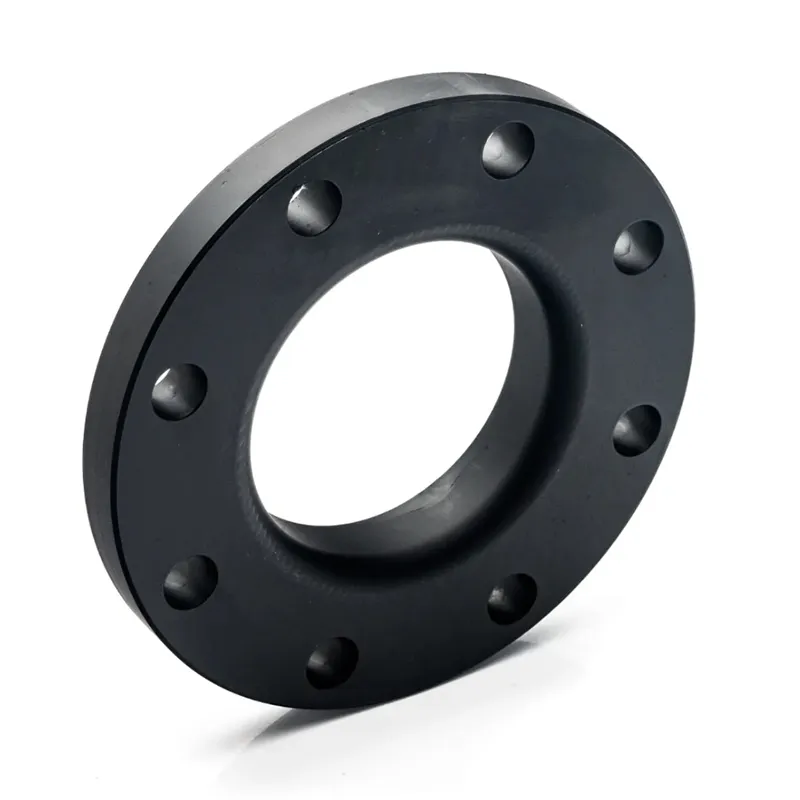-
Cangzhou Yulong Steel Co., Ltd.
-
Phone:
+86 13303177267 -
Email:
admin@ylsteelfittings.com

Dec . 24, 2024 19:04 Back to list
API 5L Standards for Line Pipe Specifications and Requirements
Understanding API 5L Specification for Line Pipe
The American Petroleum Institute (API) has set forth various standards to ensure the quality and performance of products used in the oil and gas industry. Among these, the API 5L specification is crucial for line pipes utilized in the transportation of oil, natural gas, and water. This standard not only dictates the technical requirements for steel pipes but also offers guidelines for their classification and quality assurance.
Overview of API 5L Specification
The API 5L specification covers seamless and welded steel line pipes ranging from nominal sizes of 2 inches to 120 inches in diameter. These pipes are employed in various applications, including the conveyance of fluids and gases across various pressures and temperatures. The pipes are designed to meet specific mechanical properties that enhance their suitability for different environmental conditions.
The standard is divided into several grades, primarily distinguishing between two major categories PSL1 (Product Specification Level 1) and PSL2 (Product Specification Level 2). PSL1 is the basic level and covers conventional requirements. In contrast, PSL2 offers stricter specifications concerning chemical composition, mechanical performance, and additional testing protocols, making it more suitable for critical applications in more demanding environments.
Material Grades and Properties
API 5L categorizes line pipe materials primarily based on yield strength, with common grades including B, X42, X52, X56, X60, X65, and X70. The letter X followed by a number indicates the minimum yield strength in megapascals (MPa). For instance, an X52 line pipe has a minimum yield strength of 52 MPa. The increasing strength grades imply the pipe's ability to withstand higher pressures and harsh conditions, making them ideal for deep-water drilling and high-pressure gas transmission.
The chemical composition of the pipe materials is fundamental to its integrity. The API 5L specification lays down parameters for carbon content, manganese, sulfur, and phosphorus levels, which are essential for the pipe’s strength and durability. A balanced chemical composition contributes to improved weldability, corrosion resistance, and overall longevity of the pipes.
api 5l specification for line pipe

Manufacturing Processes
API 5L pipes can be produced using two primary methods seamless and welded. Seamless pipes are created by piercing a solid round steel billet, which is then elongated using various deformation processes. This method yields pipes without any joints, offering superior strength and resistance to pressure. However, welded pipes are produced by rolling steel plates or strips and welding them along the seam. While they are usually less expensive to produce, they may exhibit varying mechanical properties at the welded junctions.
Both manufacturing processes must adhere to stringent quality assurance protocols mandated by the API 5L specification, including non-destructive testing, hydraulic testing, and visual inspections to identify any irregularities or weaknesses.
Applications and Importance
The significance of API 5L line pipes extends beyond mere specifications; they are fundamental to energy transportation infrastructure. The pipeline systems formed by these pipes connect oil fields with refineries, transport gas to consumers, and facilitate the distribution of water in various applications. By conforming to API 5L specifications, operators ensure the safety and reliability of pipeline systems, reducing the risks associated with leaks, ruptures, or environmental hazards.
Moreover, compliance with API 5L is often a prerequisite for securing contracts in the oil and gas sector, as businesses strive for reliability and efficiency in their operations. In a world increasingly focused on sustainability, adhering to these standards also reflects a commitment to maintaining environmental integrity and safety standards.
Conclusion
In conclusion, the API 5L specification for line pipe is a critical framework that guarantees the quality, performance, and safety of pipelines in the energy sector. By delineating technical requirements and material specifications, API 5L plays a vital role in facilitating the safe transport of oil and gas, underscoring the importance of maintaining high industry standards. As the demand for energy continues to grow, adherence to API standards not only meets industry needs but also reassures the public regarding the safety and efficiency of energy transportation infrastructure.
Latest news
-
ANSI 150P SS304 SO FLANGE
NewsFeb.14,2025
-
ASTM A333GR6 STEEL PIPE
NewsJan.20,2025
-
ANSI B16.5 WELDING NECK FLANGE
NewsJan.15,2026
-
ANSI B16.5 SLIP-ON FLANGE
NewsApr.19,2024
-
DIN86044 PLATE FLANGE
NewsApr.19,2024
-
DIN2527 BLIND FLANGE
NewsApr.12,2024
-
JIS B2311 Butt-Welding Fittings LR/SR 45°/90° /180°Seamless/Weld
NewsApr.23,2024
-
DIN2605-2617 Butt-Welding Fittings LR/SR 45°/90°/180° Seamless/Weld
NewsApr.23,2024











